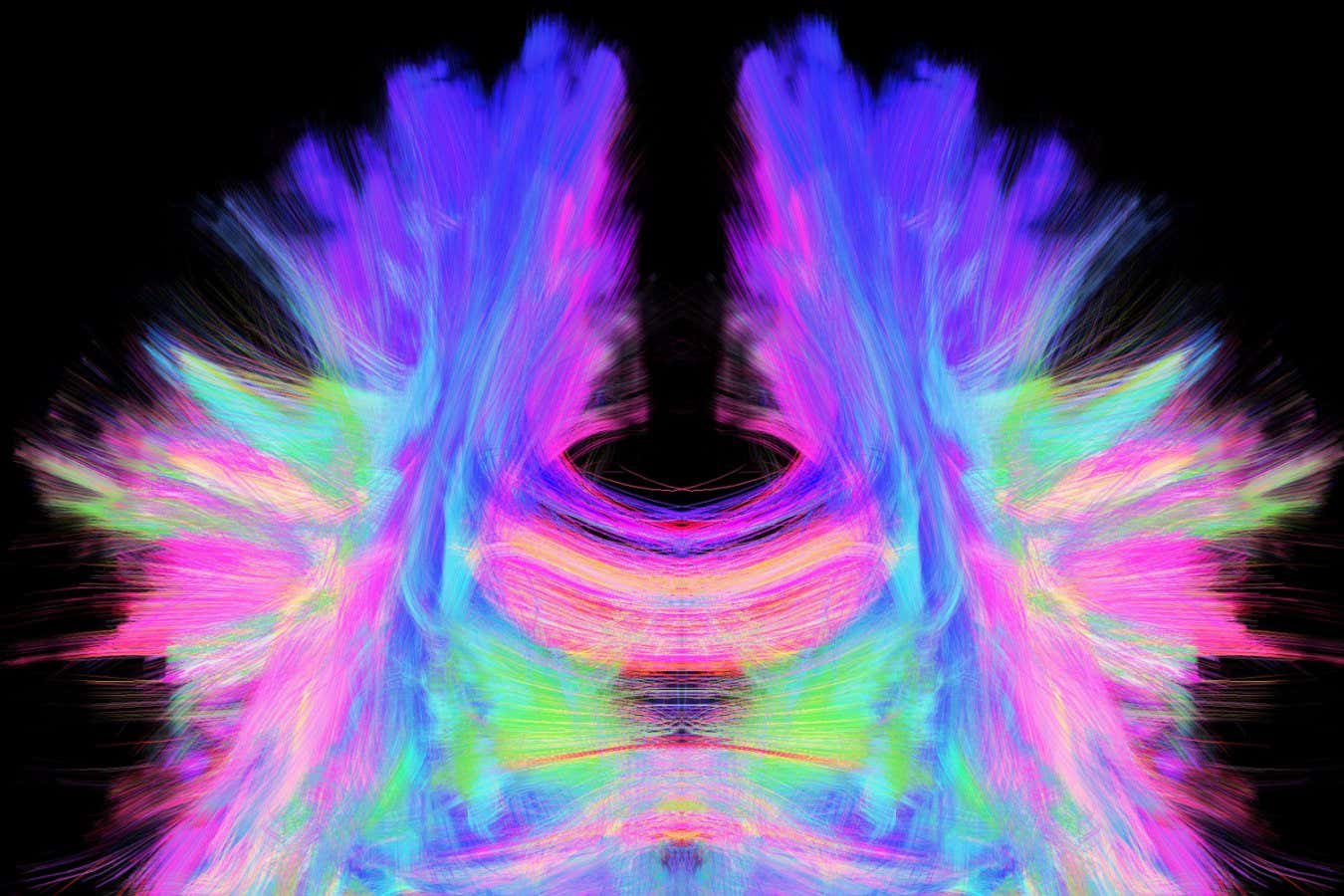Comparing a map of the neurons in a nematode worm — the connectome — with a map of how signals travel across those neurons has revealed a surprising number of differences, suggesting that the structure of the brain alone doesn’t explain how it works


The Yale labs of Craig Roy and Jun Liu have harnessed the power of cryo-EM to solve a 30-year mystery of how the Legionella bacteria works. The findings represent the next steps in the search for new therapeutic drugs to tackle the severe form of pneumonia.
Early in his postdoc studies, Roy wanted to understand why a single protein was essential for the bacteria Legionella to cause disease.
Fast forward more than 30 years, and now alongside collaborative partner Jun Liu, the Yale professors are using next-generation research technology to reveal a level of 3D precision they could only have dreamed of.
But will it be better than the mods?



How a brain’s anatomical structure relates to its function is one of the most important questions in neuroscience. It explores how physical components, such as neurons and their connections, give rise to complex behaviors and thoughts. A recent study of the brain of the tiny worm C. elegans provides a surprising answer: Structure alone doesn’t explain how the brain works.
C. elegans is often used in neuroscience research because, unlike the incredibly complex human brain, which has billions of connections, the worm has a very simple nervous system with only 302 neurons. A complete, detailed map of every single one of its connections, or brain wiring diagram (connectome), was mapped several years ago, making it ideal for study.
In this research, scientists compared the worm’s physical wiring in the brain to its signaling network, how the signals travel from one neuron to another. First, they used an electron microscope to get a detailed map of the physical connections between its nerve cells. Then, they activated individual neurons with light to create a signaling network and used a technique called calcium imaging to observe which other neurons responded to this stimulation. Finally, they used computer programs to compare the physical wiring map and the signal flow map, identifying any differences and areas of overlap.

You’re in a bustling café with a friend. The din is making it hard to tune in to the conversation. The scenario might suggest you’d benefit from a hearing aid. On the other hand, new research suggests that speech-perception difficulty might relate to your cognitive ability.
In a study of three groups—individuals with autism, fetal alcohol syndrome and a “neurotypical” control group—researchers found that cognitive ability was significantly associated with how well the participants, all with typical hearing, processed speech in noisy environments.
“The relationship between cognitive ability and speech-perception performance transcended diagnostic categories. That finding was consistent across all three groups,” said the study’s lead investigator, Bonnie Lau. She is a research assistant professor in otolaryngology–head and neck surgery at the University of Washington School of Medicine and directs lab studies of auditory brain development.

Some memories are easy to recall—lush with detail, fresh as the moment itself. Others are more tenuous, like faded sketches, and the most stubborn ones can refuse to resurface at all. Why do our brains enshrine some memories so indelibly, and let others slip away?
A new Boston University study has a potential answer, suggesting that memories of mundane moments are given extra sticking power if they become connected to a significant event—something surprising, rewarding, or carrying an emotional punch. Watch your Powerball numbers cash in, for example, and you’re likely to remember what you were doing in the moments before, however unremarkable and unmemorable they might have otherwise been.
The findings, published in Science Advances, could potentially lead to improved treatments for people with memory problems or even help students retain tricky concepts.
Quantum computers will need large numbers of qubits to tackle challenging problems in physics, chemistry, and beyond. Unlike classical bits, qubits can exist in two states at once—a phenomenon called superposition. This quirk of quantum physics gives quantum computers the potential to perform certain complex calculations better than their classical counterparts, but it also means the qubits are fragile. To compensate, researchers are building quantum computers with extra, redundant qubits to correct any errors. That is why robust quantum computers will require hundreds of thousands of qubits.
Now, in a step toward this vision, Caltech physicists have created the largest qubit array ever assembled: 6,100 neutral-atom qubits trapped in a grid by lasers. Previous arrays of this kind contained only hundreds of qubits.
This milestone comes amid a rapidly growing race to scale up quantum computers. There are several approaches in development, including those based on superconducting circuits, trapped ions, and neutral atoms, as used in the new study.

When you shine a flashlight into a glass of water, the beam bends. That simple observation, familiar since ancient times, hides one of the oldest puzzles in physics: what really happens to the momentum of light when it enters a medium?
In quantum physics, light is not just a wave—it also behaves like a particle, carrying energy and momentum. For more than a century, scientists have debated whether light’s momentum inside matter is larger or smaller than in empty space. The two competing answers are known as the Minkowski momentum, which is larger and seems to explain how light bends, and the Abraham momentum, which is smaller and matches the actual push or pull that light exerts on the medium.
The controversy never went away because experiments seemed to confirm both sides. Some setups measured the larger Minkowski value, others supported Abraham, leaving physicists with a paradox.